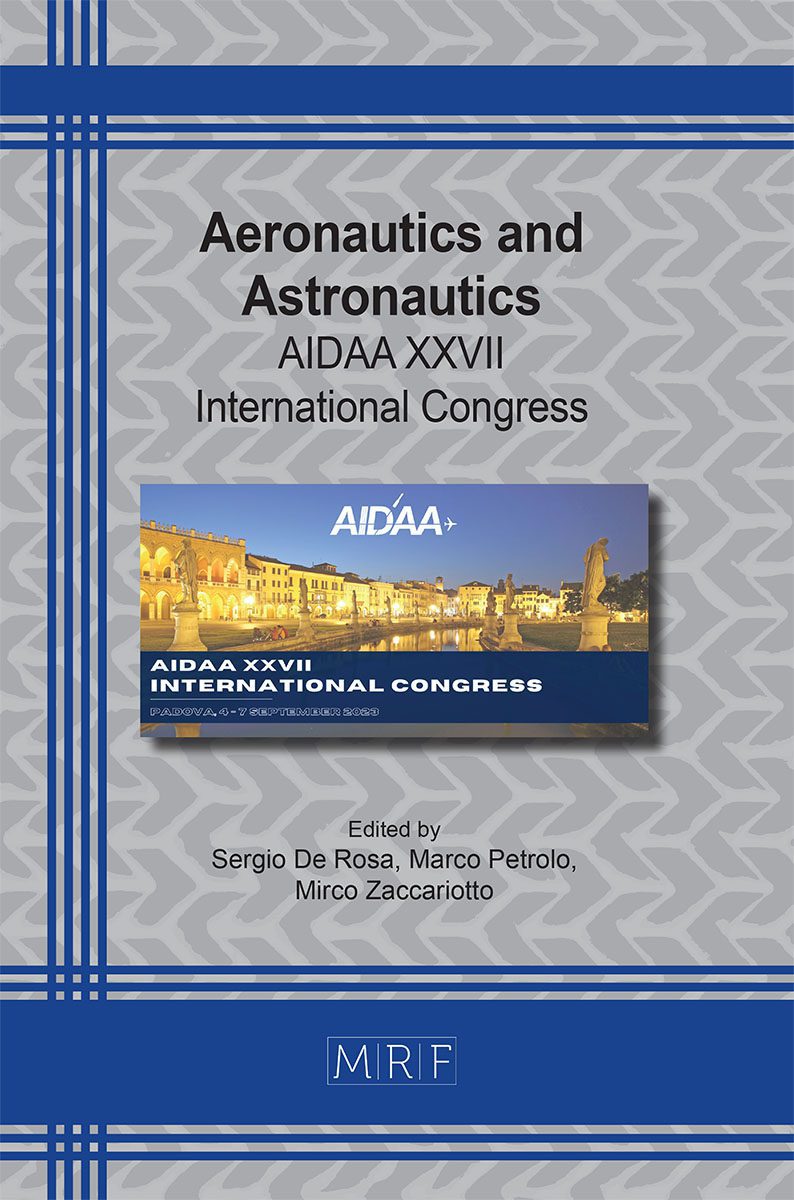Surface node method for the peridynamic simulation of elastodynamic problems with Neumann boundary conditions
Francesco Scabbia, Mirco Zaccariotto, Ugo Galvanetto
download PDFAbstract. Peridynamics is a nonlocal theory that can effectively handle discontinuities, including crack initiation and propagation. However, near the boundaries, the incomplete nonlocal regions are the cause of the peridynamic surface effect, resulting in unphysical stiffness variation. Additionally, imposing local boundary conditions in a peridynamic (nonlocal) model is often necessary. To address these issues, the surface node method has been proposed for improving accuracy near the boundaries of the body. Although this method has been verified for a variety of problems, it has not been applied for elastodynamic problems involving Neumann boundary conditions. In this work we show a numerical example of this case, comparing the results with the corresponding peridynamic analytical solution. The numerical results exhibit no stiffness variations near the boundaries throughout the entire simulation timespan. Therefore, we conclude that the surface node method allows to effectively solve elastodynamic peridynamic problems involving Neumann boundary conditions, with improved accuracy near the boundaries.
Keywords
Peridynamics, Surface Node Method, Elastic Wave Propagation, Neumann Boundary Conditions
Published online 11/1/2023, 4 pages
Copyright © 2023 by the author(s)
Published under license by Materials Research Forum LLC., Millersville PA, USA
Citation: Francesco Scabbia, Mirco Zaccariotto, Ugo Galvanetto, Surface node method for the peridynamic simulation of elastodynamic problems with Neumann boundary conditions, Materials Research Proceedings, Vol. 37, pp 304-307, 2023
DOI: https://doi.org/10.21741/9781644902813-66
The article was published as article 66 of the book Aeronautics and Astronautics
![]() Content from this work may be used under the terms of the Creative Commons Attribution 3.0 license. Any further distribution of this work must maintain attribution to the author(s) and the title of the work, journal citation and DOI.
Content from this work may be used under the terms of the Creative Commons Attribution 3.0 license. Any further distribution of this work must maintain attribution to the author(s) and the title of the work, journal citation and DOI.
References
[1] S.A. Silling, Reformulation of elasticity theory for discontinuities and long-range forces, J. Mech. Phys. Solids 48 (2000) 175-209. https://doi.org/10.1016/S0022-5096(99)00029-0
[2] S.A. Silling, M. Epton, O. Weckner, J. Xu, E. Askari, Peridynamic states and constitutive modelling, J. Elast. 88 (2007) 151-184. https://doi.org/10.1007/s10659-007-9125-1
[3] Z. Chen, X. Peng, S. Jafarzadeh, F. Bobaru, Analytical solutions of peridynamic equations. Part II: elastic wave propagation, Int. J. Eng. Sci. 188 (2023).
https://doi.org/10.1016/j.ijengsci.2023.103866
[4] S.A. Silling, E. Askari, A meshfree method based on the peridynamic model of solid mechanics, Comput. Struct. 83 (2005) 1526-1535.
https://doi.org/10.1016/j.compstruc.2004.11.026
[5] F. Scabbia, M. Zaccariotto, U. Galvanetto, Accurate computation of partial volumes in 3D peridynamics, Eng. Comput. 39 (2023) 959-991.
https://doi.org/10.1007/s00366-022-01725-3
[6] Q.V. Le, F. Bobaru, Surface corrections for peridynamic models in elasticity and fracture, Comput. Mech. 61 (2018) 499-518. https://doi.org/10.1007/s00466-017-1469-1
[7] F. Scabbia, M. Zaccariotto, U. Galvanetto, A novel and effective way to impose boundary conditions and to mitigate the surface effect in state-based Peridynamics, Int. J. Numer. Methods. Eng. 122 (2021) 5773-5811. https://doi.org/10.1002/nme.6773
[8] F. Scabbia, M. Zaccariotto, U. Galvanetto, A new method based on Taylor expansion and nearest-node strategy to impose Dirichlet and Neumann boundary conditions in ordinary state-based Peridynamics, Comp. Mech. 70 (2022) 1-27.
https://doi.org/10.1007/s00466-022-02153-2
[9] F. Scabbia, M. Zaccariotto, U. Galvanetto, A new surface node method to accurately model the mechanical behavior of the boundary in 3D state-based Peridynamics, J. Peridyn. Nonlocal Model (2023) 1-35. https://doi.org/10.1007/s42102-022-00094-1































